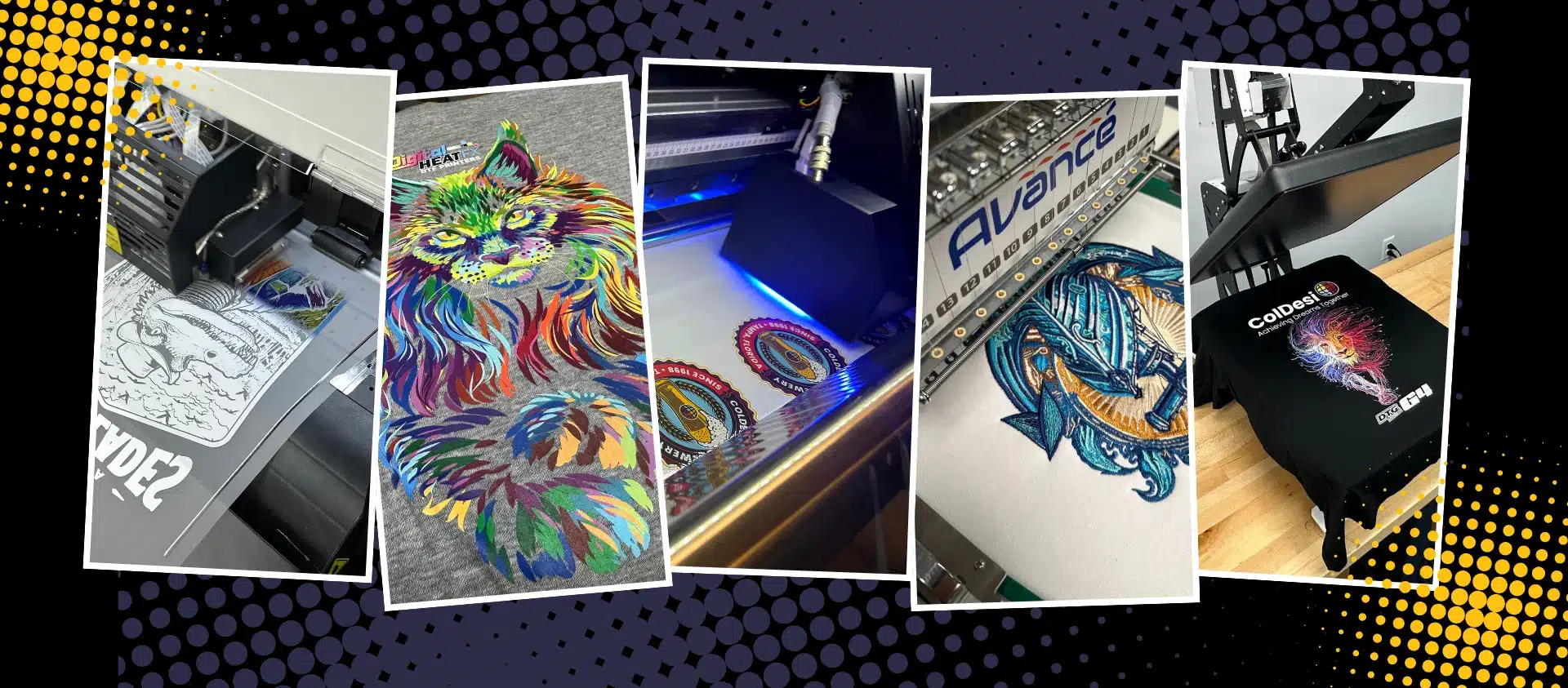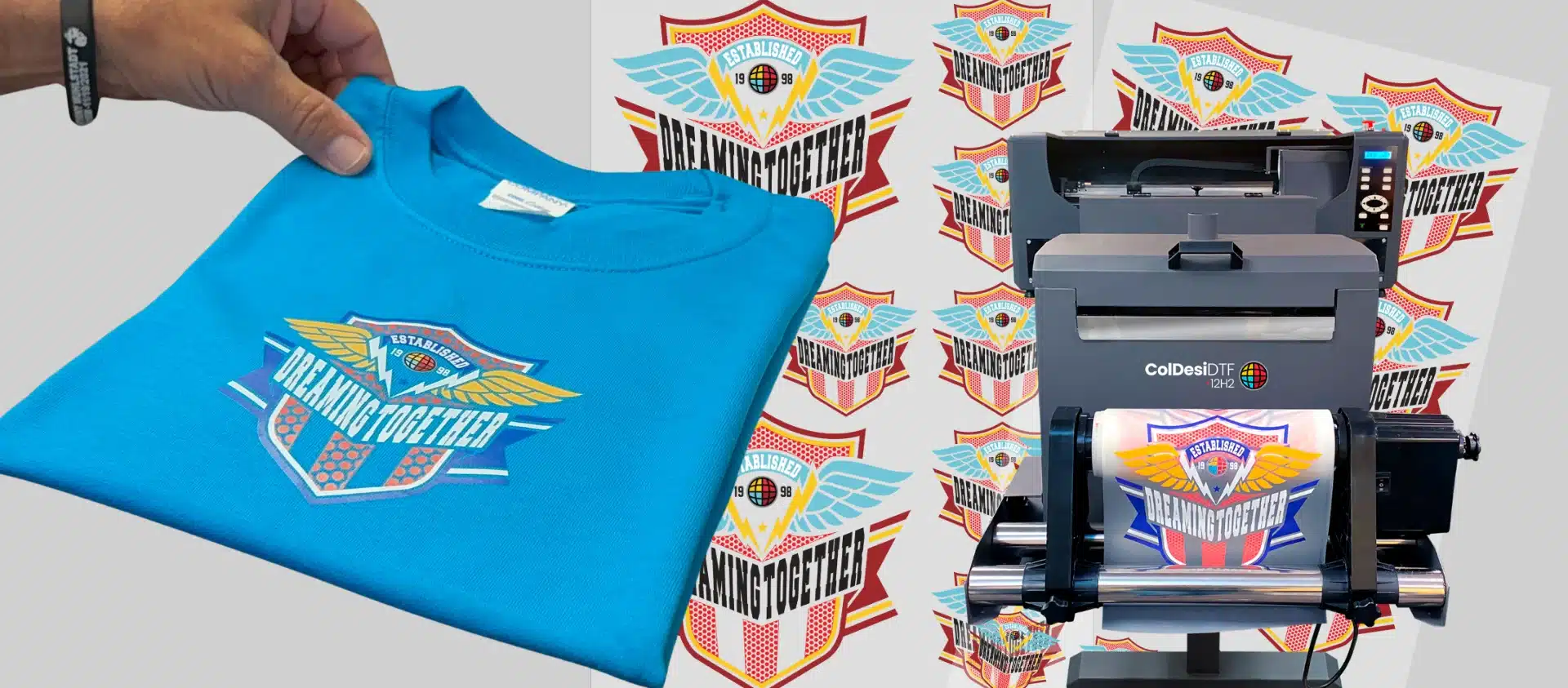Heat Transfer Vinyl (HTV) is a versatile material. It is widely used for customizing apparel and accessories with designs and logos. To achieve professional results, it is essential to consider the design’s size in relation to the item. This HTV Logo Sizing Guide offers valuable insights into optimal HTV logo sizing for apparel items, ensuring your designs are both visually appealing and perfectly scaled.
Understanding HTV and Its Applications
HTV is a specialized vinyl material that adheres to fabrics when heated. This process enables the transfer of logos onto items such as t-shirts, hoodies, and caps. HTV is popular due to its durability, ease of use, and the professional finish it offers.
Understanding HTV and Its Applications
- Visual Appeal: A well-sized logo enhances the look of the garment. It ensures the design is neither overpowering nor too subtle.
- Proportionality: Proper sizing maintains balance, ensuring the logo complements the garment's dimensions and style.
- Readability: Especially for text-based logos, appropriate sizing ensures legibility from a reasonable distance.
- Application Ease: Sized logos simplify the application process, reducing the risk of errors such as wrinkling or misalignment.
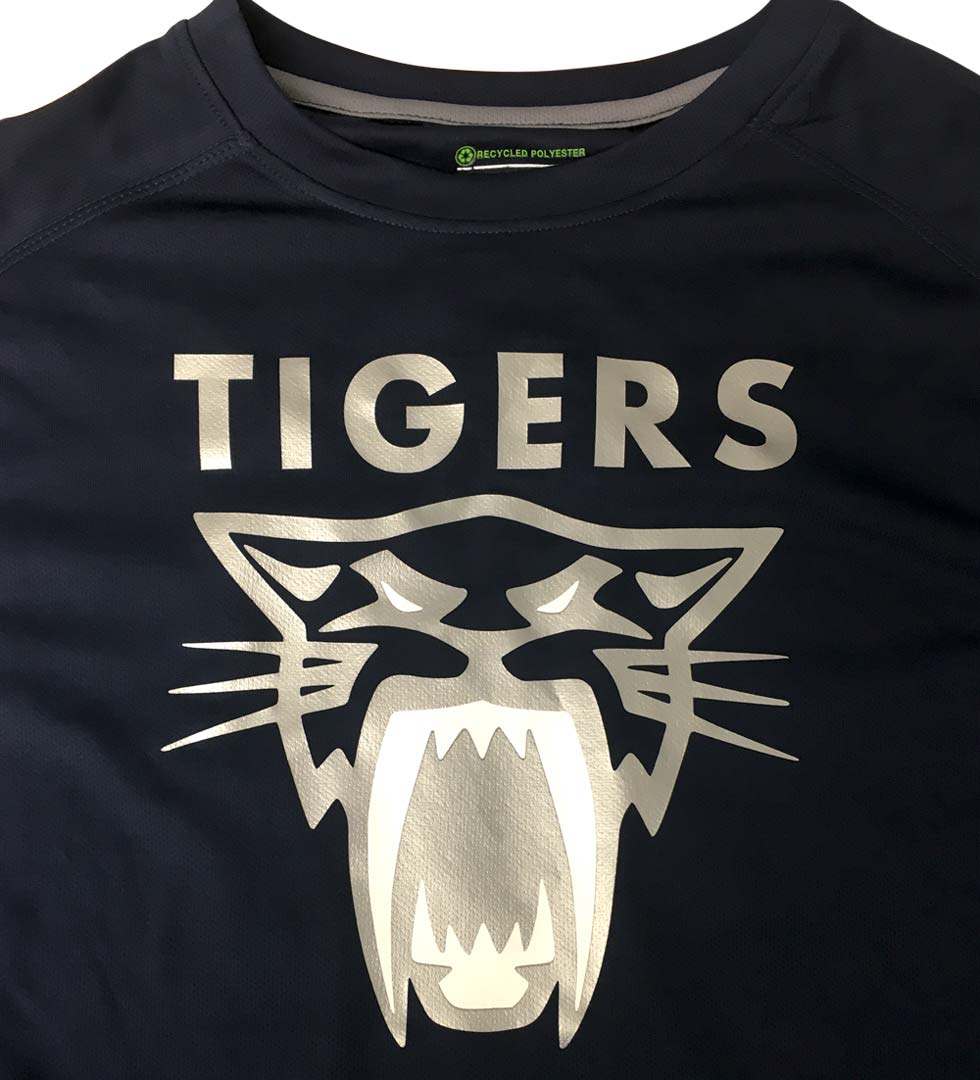
HTV Logo Sizing Guide
Specific dimensions can vary based on design preferences and garment styles. The following HTV Logo Sizing Guide serves as a starting point for common apparel items:
Adult T-Shirts:
- Full Front: Designs typically range from 10 to 12 inches in width.
- Left Chest: Logos are usually 3 to 4 inches wide.
- Full Back: Designs often measure between 10 to 12 inches in width.
Youth T-Shirts:
- Full Front: Designs generally range from 7 to 9 inches in width.
- Left Chest: Logos are typically 3 inches wide.
- Full Back: Designs usually measure between 7 to 9 inches in width.
Infant/Toddler Shirts:
- Full Front: Designs typically range from 5 to 6 inches in width.
- Left Chest: Logos are usually 2 to 2.5 inches wide.
- Full Back: Designs often measure between 5 to 6 inches in width.
Hoodies:
- Full Front: Designs generally range from 10 to 12 inches in width.
- Left Chest: Logos are typically 3 to 4 inches wide.
- Full Back: Designs usually measure between 10 to 12 inches in width.
Caps and Hats:
- Front: Designs typically range from 4.5 to 5 inches in width.
- Side: Logos are usually 2 to 2.5 inches wide.
- Back: Designs often measure between 3 to 3.5 inches in width.
Bags and Totes:
- Small Bags: Designs generally range from 4 to 5 inches in width.
- Medium Bags: Logos are typically 6 to 7 inches wide.
- Large Bags: Designs usually measure between 8 to 10 inches in width.
Factors Influencing Logo Size Selection
Consider these factors when determining the optimal size for your HTV logo:
Garment Size
Larger garments can accommodate bigger designs, while smaller sizes may require scaled-down versions to maintain proportionality.
Design Complexity
Intricate designs with delicate details may need to be larger to ensure clarity and prevent the loss of detail during the transfer process.
Placement
The location of the logo influences the size to ensure visibility and balance.
Purpose and Audience
Consider the target audience and the garment’s intended use. Children’s apparel may benefit from smaller, more playful designs, while promotional adult apparel might require more prominent branding.
Practical Tips for Achieving Optimal Results
To ensure your HTV logo application is successful, follow the HTV Logo Sizing Guide and consider the following practical tips:
- Mock-Up Creation: Before the final application, create a mock-up of the design. Place it on the garment to visualize placement and size, adjusting as needed.
- Measurement Tools: Use measuring tapes to determine placement. Mark the desired logo dimensions and placement on the garment.
- Evaluate Cuts: Perform test cuts on scrap material to assess the design's suitability at the chosen size. Ensure all elements are appropriately scaled and will transfer cleanly.
- Heat Press Settings: Follow the HTV Logo Sizing Guide and adhere to the manufacturer's recommended temperature, pressure, and time settings. This will help ensure proper adhesion and durability of the design.
- Garment Care: Advise customers on care instructions to maintain the longevity of the design.

The article “How to Cut Small Vinyl Letters | Triton Vinyl Small Vinyl Letters Tips and Tricks“ dives into the challenges of cutting, weeding, and applying tiny text with precision. Learn essential techniques to achieve clean, professional results every time.
Most Profitable Type of HTV Logo
1. Custom Logos for Small Businesses and Organizations
- Why It’s Profitable: Businesses and organizations often need branded apparel for employees, promotional events, or giveaways. Custom logos are highly valued because they represent a company’s brand identity.
- Examples: Logos for restaurants, gyms, schools, or sports teams.
- How to Maximize Profit:
- Use bulk pricing for larger orders to reduce per-item costs.
- Offer package deals (e.g., shirts, hoodies, and caps with matching logos).
- Use standard HTV for simplicity or glitter HTV for premium branding.
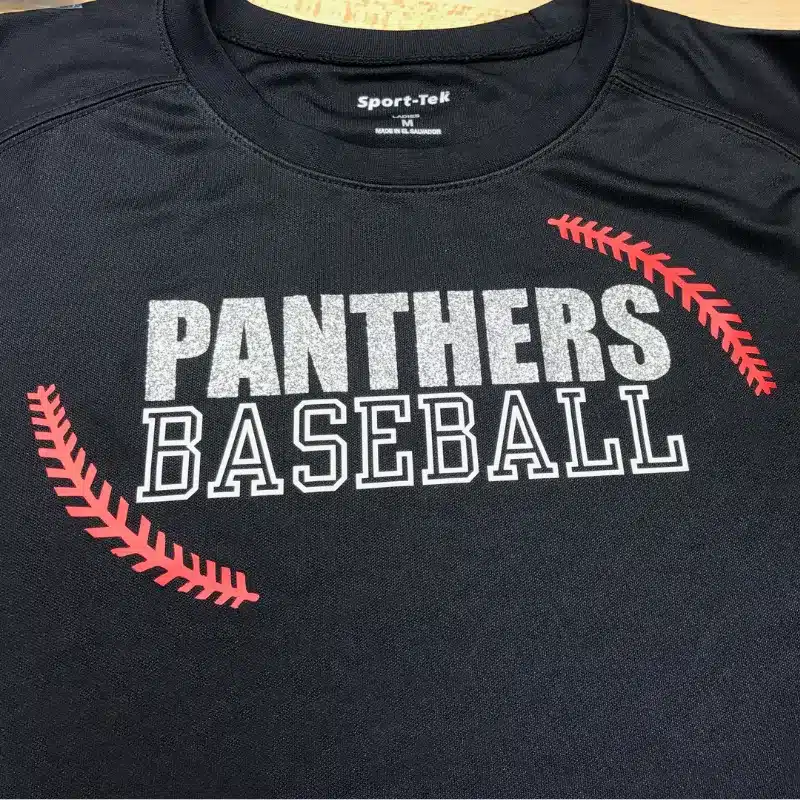
2. Minimalist Logo Designs
- Why It’s Profitable: Minimalist logos require less HTV material. They take less time to cut and weed, making production faster and more cost-effective.
- Examples: Small chest or pocket-sized logos for trendy apparel.
- How to Maximize Profit:
- Focus on clean, modern designs that are popular in fashion.
- Sell in higher volumes by marketing them as part of a premium apparel line.
3. Personalized Names and Monograms
- Why It’s Profitable: Personalized items often command higher prices because of their unique appeal and their suitability for gifts or special occasions.
- Examples: Wedding party shirts, backpacks, tote bags, and sports jerseys.
- How to Maximize Profit:
- Charge extra for customization services.
- Use specialty HTV (e.g., metallic or glitter) to create a luxurious look.
- Bundle items for events like weddings, team sports, or corporate retreats.
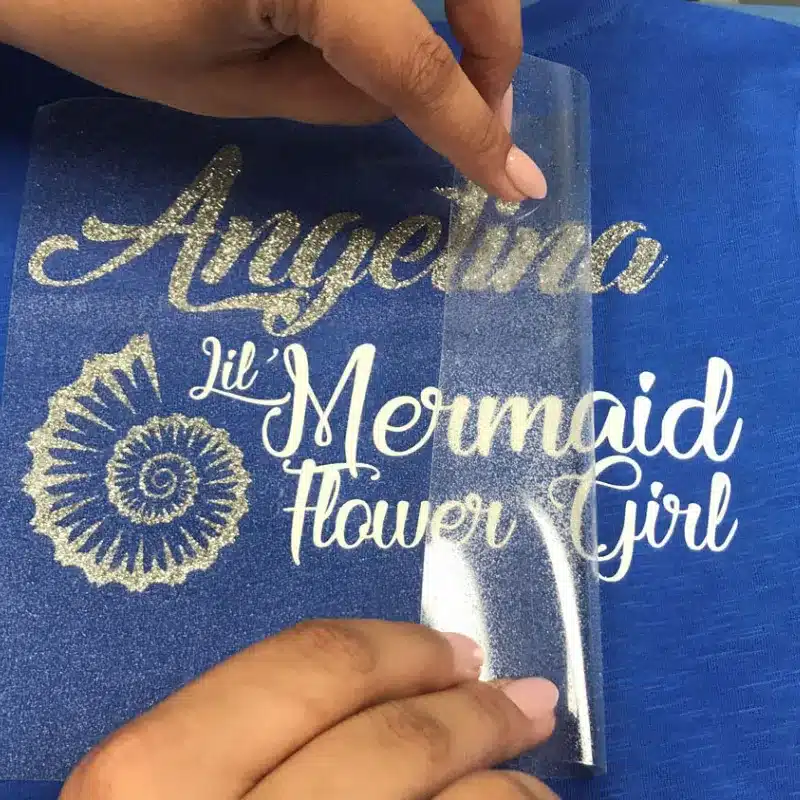
4. Event-Specific Logos
- Why It’s Profitable: Events like concerts, fundraisers, or festivals need themed apparel, often ordered in bulk.
- Examples: T-shirts for charity runs, team-building events, or concert merchandise.
- How to Maximize Profit:
- Use multi-layered HTV designs to add color and vibrancy.
- Market limited-edition designs to increase demand.
- Partner with event organizers for exclusive apparel rights.
5. Trendy Pop-Culture-Inspired Logos
- Why It’s Profitable: Trend-based designs resonate with a wide audience. They sell quickly in both online and physical markets.
- Examples: Logos featuring catchphrases, memes, or iconic imagery (ensuring compliance with copyright laws).
- How to Maximize Profit:
- Use holographic or glow-in-the-dark HTV for trendy designs.
- Leverage platforms like Etsy, eBay, or Shopify to reach a global audience.
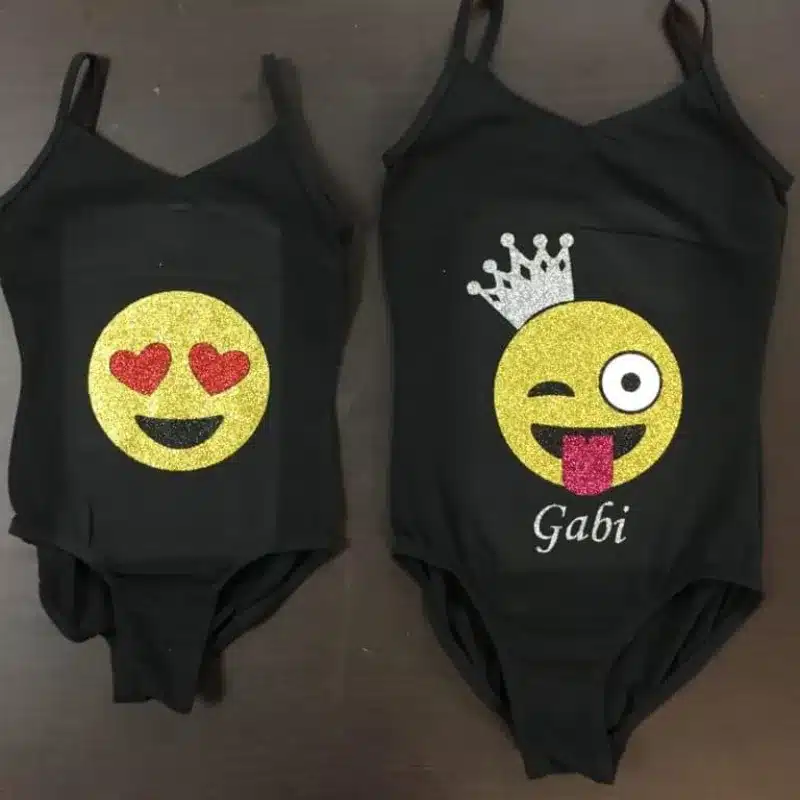
6. Premium Glitter or Metallic Logos
- Why It’s Profitable: Specialty HTV materials like glitter, metallic, or holographic offer a premium look, allowing businesses to charge higher prices.
- Examples: Logos for boutique brands, cheerleading teams, or holiday-themed apparel.
- How to Maximize Profit:
- Use these materials sparingly to cut costs while maintaining a high-end look.
- Market these designs as “luxury” or “limited edition” pieces.
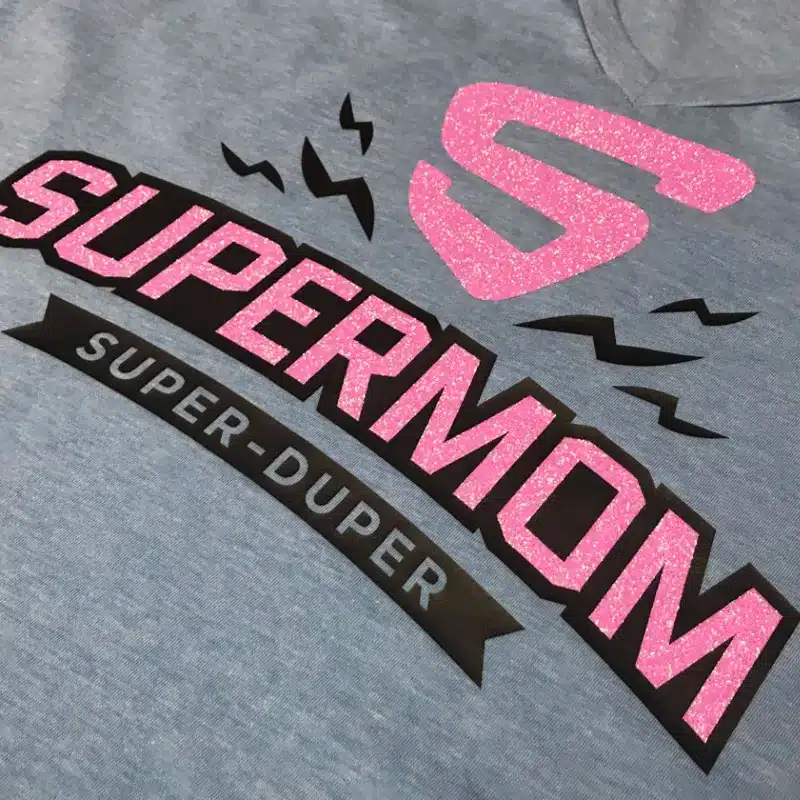
7. Large Custom Logos for Outerwear
- Why It’s Profitable: Large logos on hoodies, jackets, and sweatshirts add significant perceived value, especially for cold-weather apparel.
- Examples: Company jackets, sports hoodies, or brand-name outerwear.
- How to Maximize Profit:
- Upsell by offering matching accessories, like hats or bags.
- Use durable stretch HTV to maintain design integrity on thicker materials.

8. Bulk Corporate Orders
- Why It’s Profitable: Large-scale orders generate high revenue with lower production costs per unit.
- Examples: T-shirts for conferences, employee uniforms, or branded merchandise.
- How to Maximize Profit:
- Offer volume discounts while maintaining a healthy profit margin.
- Use standard HTV for scalability and faster production.
What Makes a Logo Design Profitable?
- Scalability: Designs that are quick to replicate with minimal effort.
- Specialty Appeal: Designs that cater to niche markets or trends.
- Customization Options: Personalized elements that justify premium pricing.
- Efficient Production: Logos that use less material and require minimal weeding or layering.
- High Perceived Value: Designs that appear luxurious or trendy without significantly increasing production costs.
Maximize your profit margins while maintaining efficient production. Follow the HTV Logo Sizing Guide, target the right audience, and offer designs with high perceived value.
Tips and Techniques for Success with HTV
Here are more tips that can enhance your understanding and success with HTV projects:
- Types of HTV Materials
HTV comes in a variety of materials, each with unique characteristics. Knowing the right type for your project can make a significant difference:
- Standard HTV: Great for everyday designs and versatile applications.
- Glitter HTV: Adds sparkle and is popular for fashion and event apparel.
- Holographic HTV: Creates eye-catching effects, perfect for trendy designs.
- Stretch HTV: Ideal for performance wear and fabrics that need flexibility.
- Glow-in-the-Dark HTV: Perfect for themed events or children’s clothing.
- Flock HTV: Offers a velvety texture, giving designs a luxurious look.
- Layering HTV
Layering HTV is a popular technique for creating multi-colored designs. It requires specific considerations:
- Use compatible HTV types for layering.
- Avoid layering more than four layers to prevent bulkiness.
- Press each layer for a shorter time to avoid overheating previous layers.
- Always place a protective sheet over layered designs during pressing.
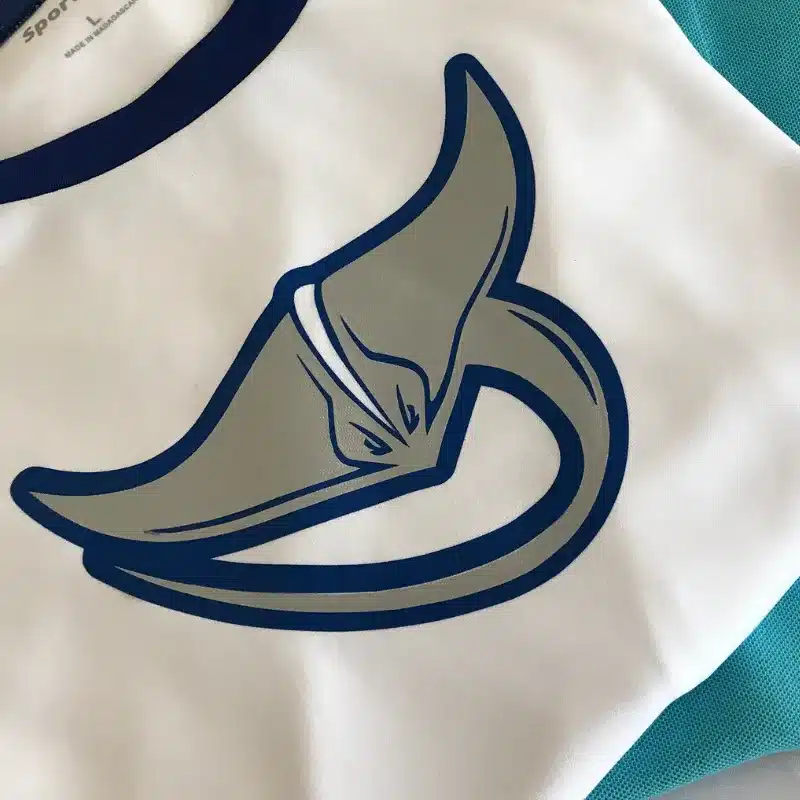
- HTV on Different Fabrics
Not all fabrics react to HTV in the same way. It’s essential to choose materials compatible with your project:
- Cotton: Most HTV adheres easily to cotton fabrics.
- Polyester: Requires careful temperature settings to avoid scorching or shrinking.
- Blends: Test on a sample first to ensure compatibility.
- Nylon: Often needs a specialized adhesive HTV.
- Textured Fabrics: May need stretch or extra-tacky HTV for firm adhesion.
- Overcoming Common Challenges
HTV application can present unique challenges, but these tips can help:
- Peeling Edges: Ensure proper pressure, heat, and time settings.
- Misalignment: Use heat-resistant tape to secure the design before pressing.
- Discoloration: Use parchment paper or a Teflon sheet to protect fabrics.
- Bubbling: Press on a flat, even surface with consistent pressure.
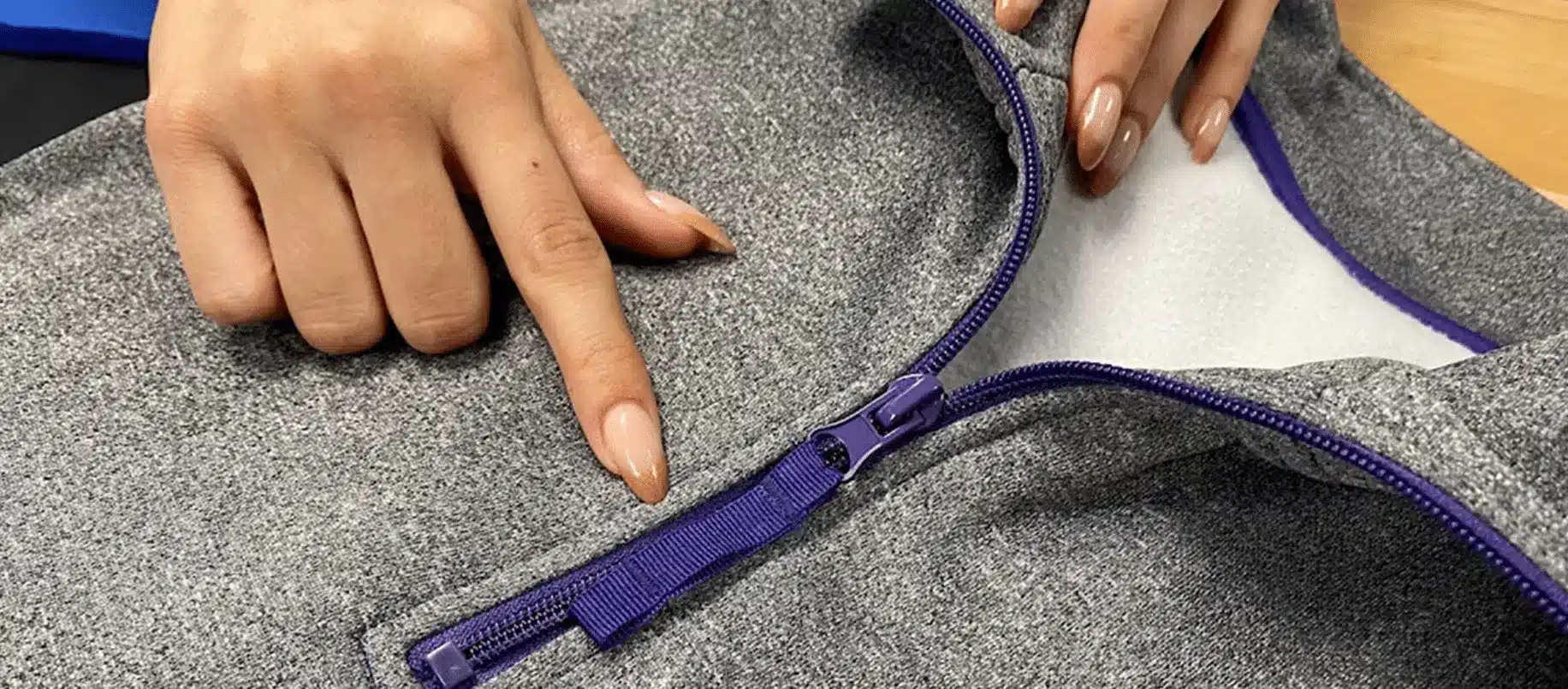
The article “How to Avoid THESE 4 Common Heat Transfer Vinyl Mistakes” breaks down four common pitfalls and offers practical tips to keep your designs flawless. Whether you’re new to HTV or a seasoned pro, these insights will help you save time, materials, and money.
- Scaling Designs for Non-Standard Items
For unique items like shoes, umbrellas, or sports equipment:
- Use a specialized heat press (e.g., cap press or mug press).
- Scale designs according to the item’s dimensions and curvature.
- Consider flexibility and durability when selecting HTV materials.
- Advanced HTV Techniques
For professionals looking to elevate their HTV designs:
- Patterned HTV: Offers pre-printed patterns for intricate designs.
- Weeding Tips: Use proper lighting and tools for removing excess vinyl efficiently.
- Customizing with Printable HTV: Allows you to print complex designs onto vinyl before transferring.
- Mixed Media Projects: Combine HTV with embroidery or screen printing for a multi-dimensional look.
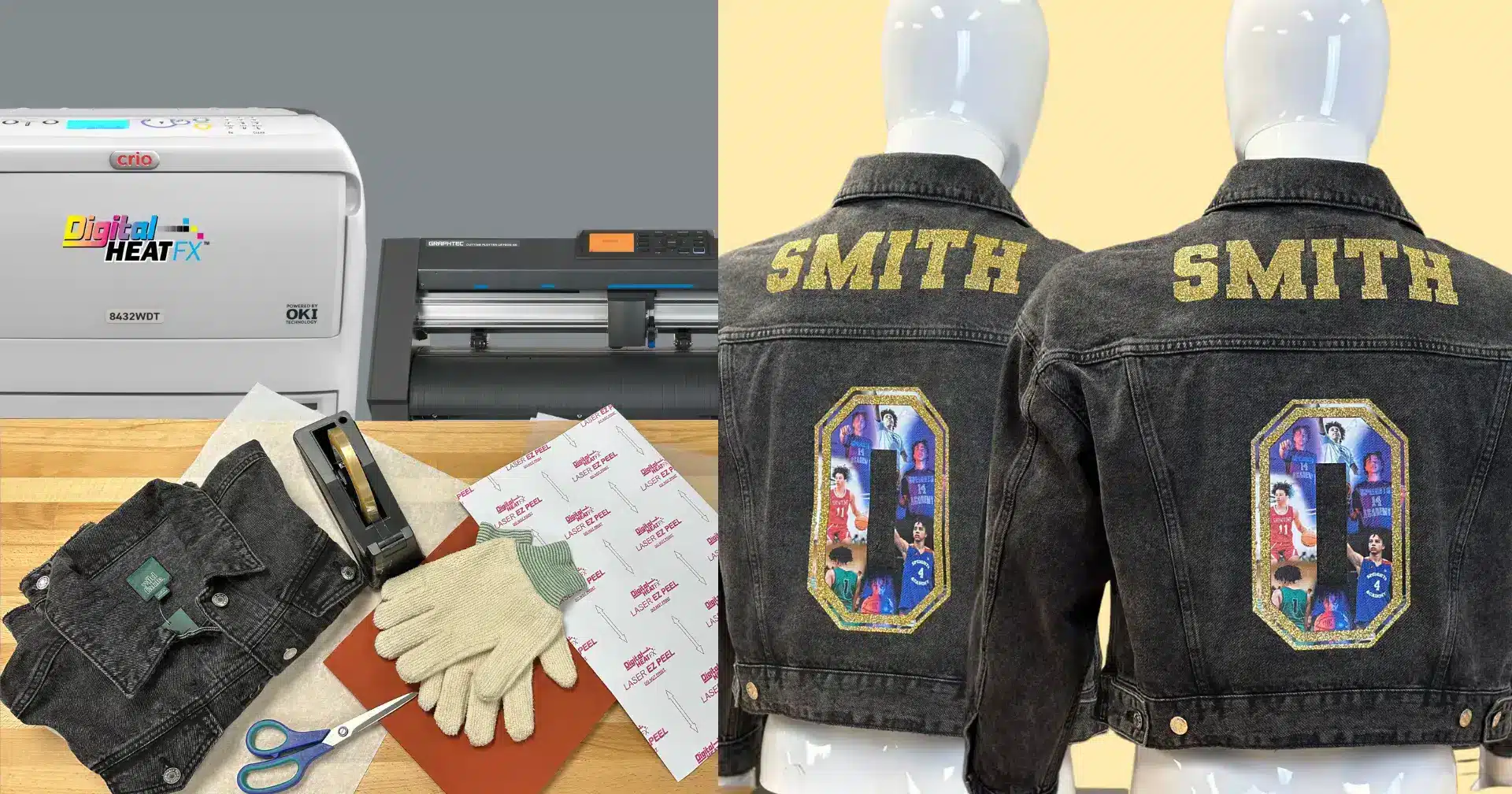
The article “How to Customize a Jean Jacket Using HTV Heat Transfer Vinyl and White Toner Printers” walks you through using Heat Transfer Vinyl (HTV) and White Toner Printers to customize denim with vibrant, durable designs.
Transform Your Apparel Customization Business with ColDesi!
The HTV Logo Sizing Guide was created because ColDesi understands that the right tools are essential for creating high-quality, profitable designs. Whether crafting custom logos for trendy apparel or event merchandise, our HTV solutions deliver flawless results every time.
Our top-of-the-line equipment helps you save time, reduce material waste, and boost your profits. Combine our heat presses with a wide variety of HTV options, including glitter, metallic, and stretch, to create eye-catching designs that keep your customers coming back for more.
Ready to take your business to the next level?
For more information about the HTV Logo Sizing Guide or ColDesi’s complete HTV solutions, visit our website, live chat with a Pro, or call 877.793.3278.



